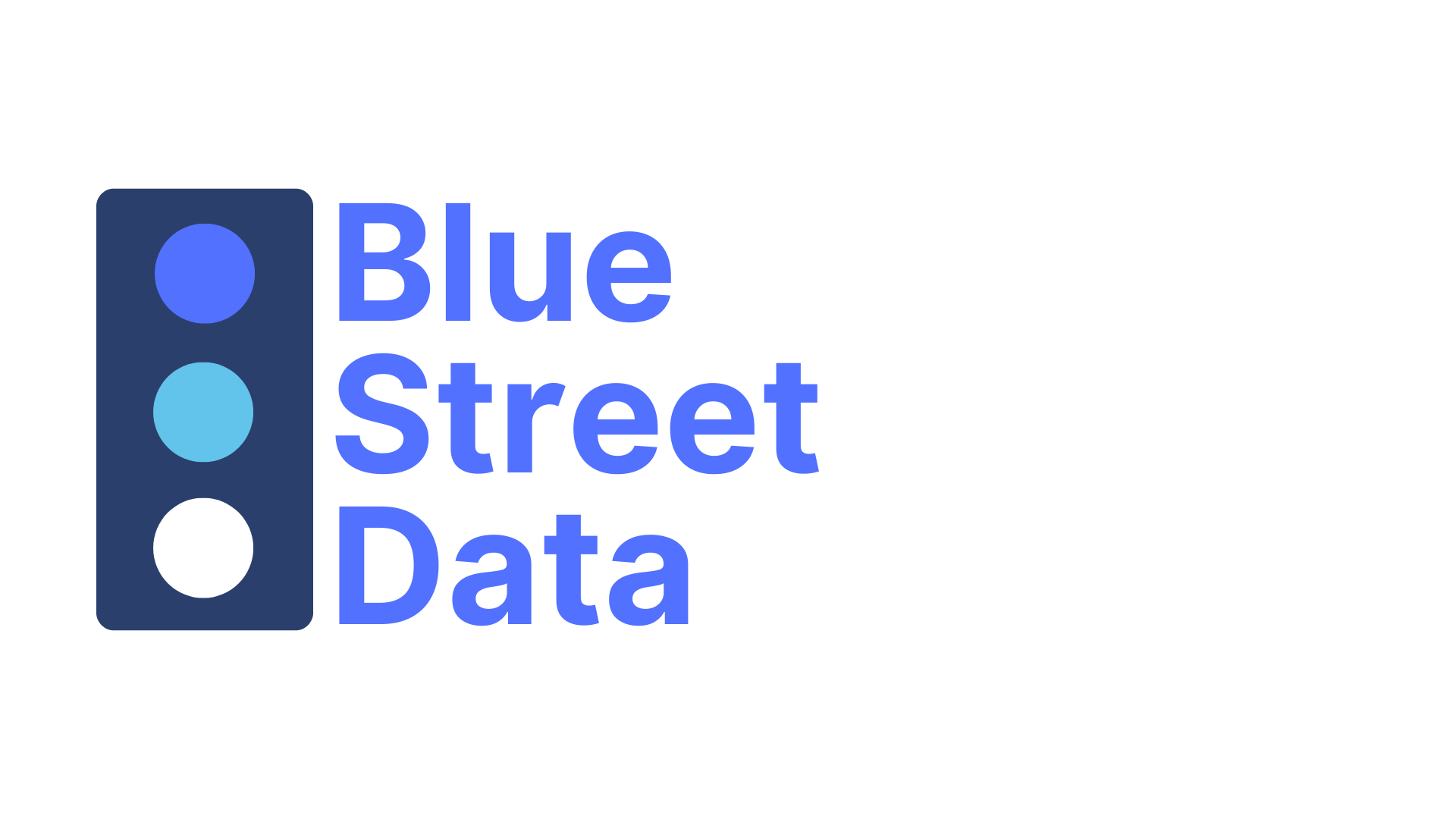Retailers that rely solely on internal data to forecast demand often miss the bigger picture. Trends, competitor pricing, economic conditions, and even weather events all shape consumer behavior—yet most demand models ignore them. This can lead to overstocking, stockouts, missed revenue, and rising costs.
📉 McKinsey reports that retailers who incorporate third-party data (like weather, sentiment, or mobility data) into forecasting see significantly better accuracy—especially in data-light or rapidly changing environments.
Why External Data Matters for Retail Forecasting
Retailers that integrate external signals into their demand planning gain critical advantages:
✅ Forecast consumer demand more accurately by monitoring real-time trends
✅ Reduce inventory waste and stockouts with proactive planning
✅ Adapt to competitor pricing shifts and emerging product trends
✅ Increase profitability and customer satisfaction by aligning stock to actual demand
How It Works
🔹 Use Regression or Time Series models enriched with social sentiment & promotions data
🔹 Model economic factors like consumer spending and unemployment to predict purchasing power
🔹 Apply Machine Learning (e.g. Gradient Boosting) to synthesize internal and external demand drivers
🔹 Simulate multiple market conditions to understand best- and worst-case demand scenarios
Real-World Impact: Walmart’s Weather-Aware Inventory
Walmart combines sales history with weather and third-party analytics to optimize product stock. The result? Fewer stockouts, better supply chain responsiveness, and improved customer experience across their locations.
📩 Want to transform your demand forecasts with external data?
Let’s talk about how Blue Street Data can help you connect to the right third-party sources to level up your forecasting.
👉 Talk to a Data Expert
—
